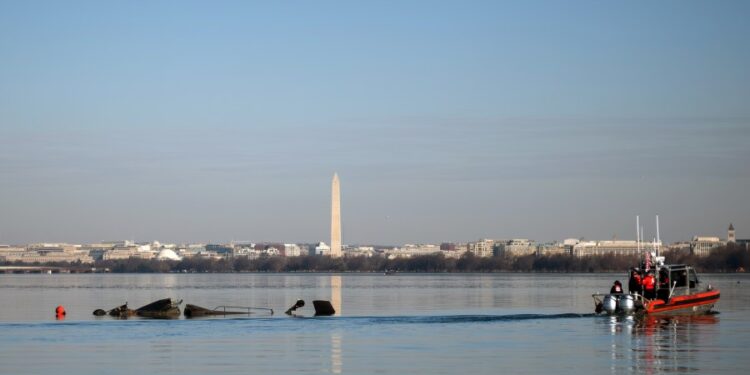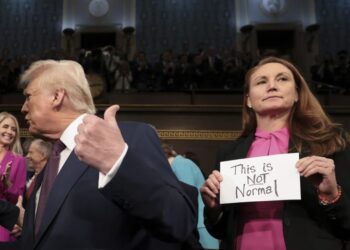
ARLINGTON COUNTY, Va. (DC News Now) — There are new restrictions to helicopter traffic around Ronald Reagan Washington National Airport (DCA) following a midair collision between an American Airlines flight and an Army Black Hawk helicopter on Jan. 29. that killed 67 people.
The U.S. Secretary of Transportation Sean Duffy said the restriction will help secure airspace near the airport.
Justin Russell, a licensed pilot and former aviation police analyst, said these helicopter flights are essential. Still, he thinks a closer look at how military training is done, where it is done, and how it interacts with the airspace may be needed.
“This happened inside the very restricted, highly controlled area known as the flight restriction zone inside the capital region,” said Russell.
Russell said there could be even further restrictions
“I don’t think the restrictions are going to necessarily make the problem magically disappear, but I think it’s a good stand down period for everybody to take a look at how we’re blending national security, law enforcement military operations into a highly congested and growing congested airport like Reagan,” said Russell.
The congestion of that airspace is never lost on pilots who fly into DCA frequently. Russell said there have been worries over the years because of how complex it is to fly over the airport.
“Reagan National Airport has always been a complex airport to fly into as a pilot. Just that complex approach beginning along the river in a highly dense populated area makes it a little challenging,” said Russell. “Commercial pilots are highly trained but there’s always been in the back of their minds the fact there are all these military operations going on, and you also have the increasing number of commercial aircraft,” he added.
Recovery efforts on the Potomac River continued on Saturday.
The black boxes of both aircraft were recovered on Friday; the cockpit voice recorder and flight data recorder. Russell said investigators would be combing through those to listen for several things including listening to see if pilots were talking about the aircraft in the area, flightpaths, did they try to take evasive maneuvers before the collision.
Russell believes the information they learn as well as other findings from the investigation will bring procedure changes.
“I think we’re going to see approach and departure procedure changes. So, once you’re past a certain point, moving over to another runway may be restricted or may only be done on certain circumstances. or they may restrict all commercial flight departures and arrivals to runway one in this case,” he added.
Russell shared his thoughts on what could be going through the minds of commercial pilots who fly in and out of DCA following that collision.
“The reality is it does depend on the individual pilot. Every pilot is dedicated. It is their higher calling. It is their ultimate life mission to get the passengers in the back from their departure destination to their arrival destination,” said Russell. “They’re probably thinking I have to get a little bit better on my visual orientation, my domain awareness. my sphere of visual awareness,” he added.







